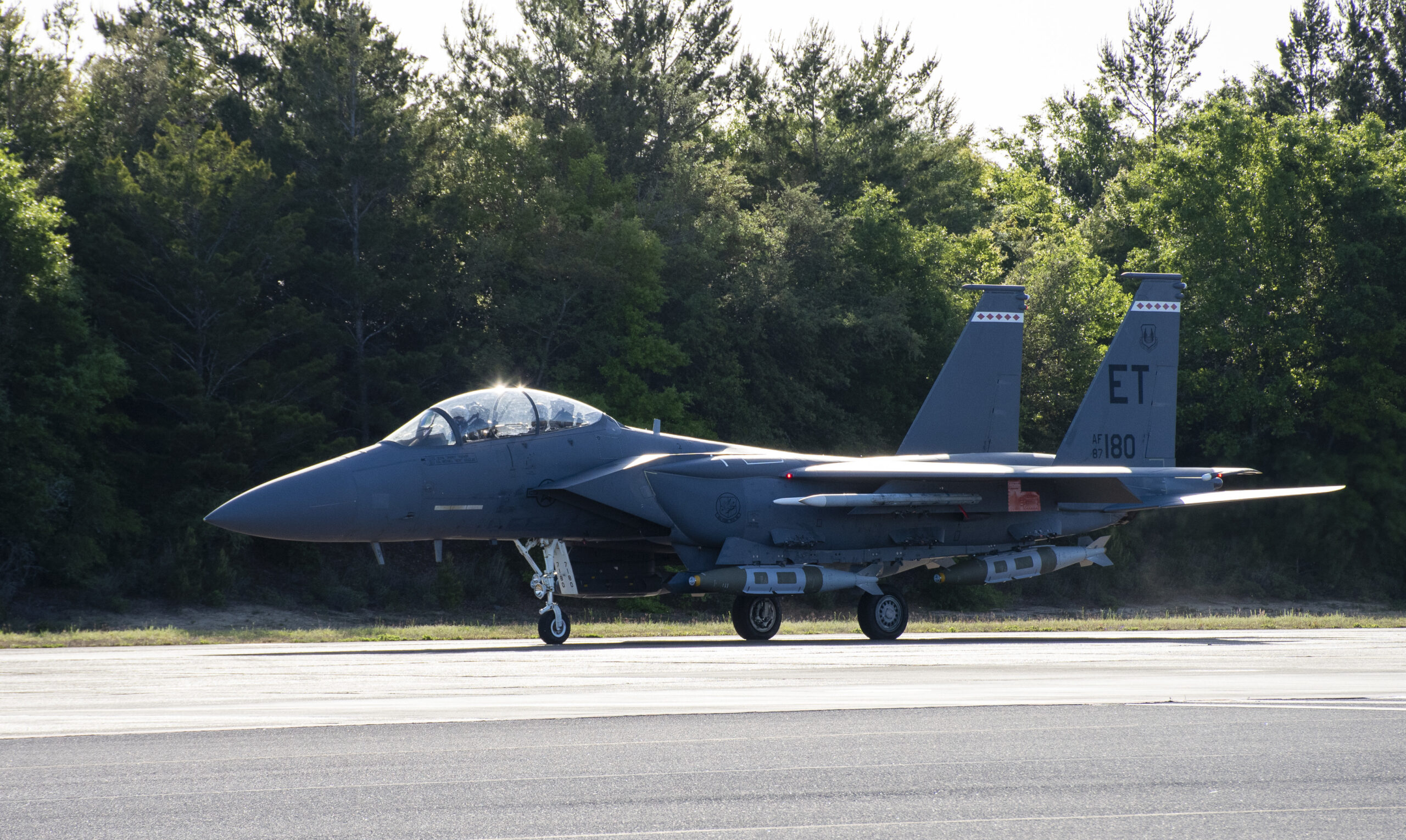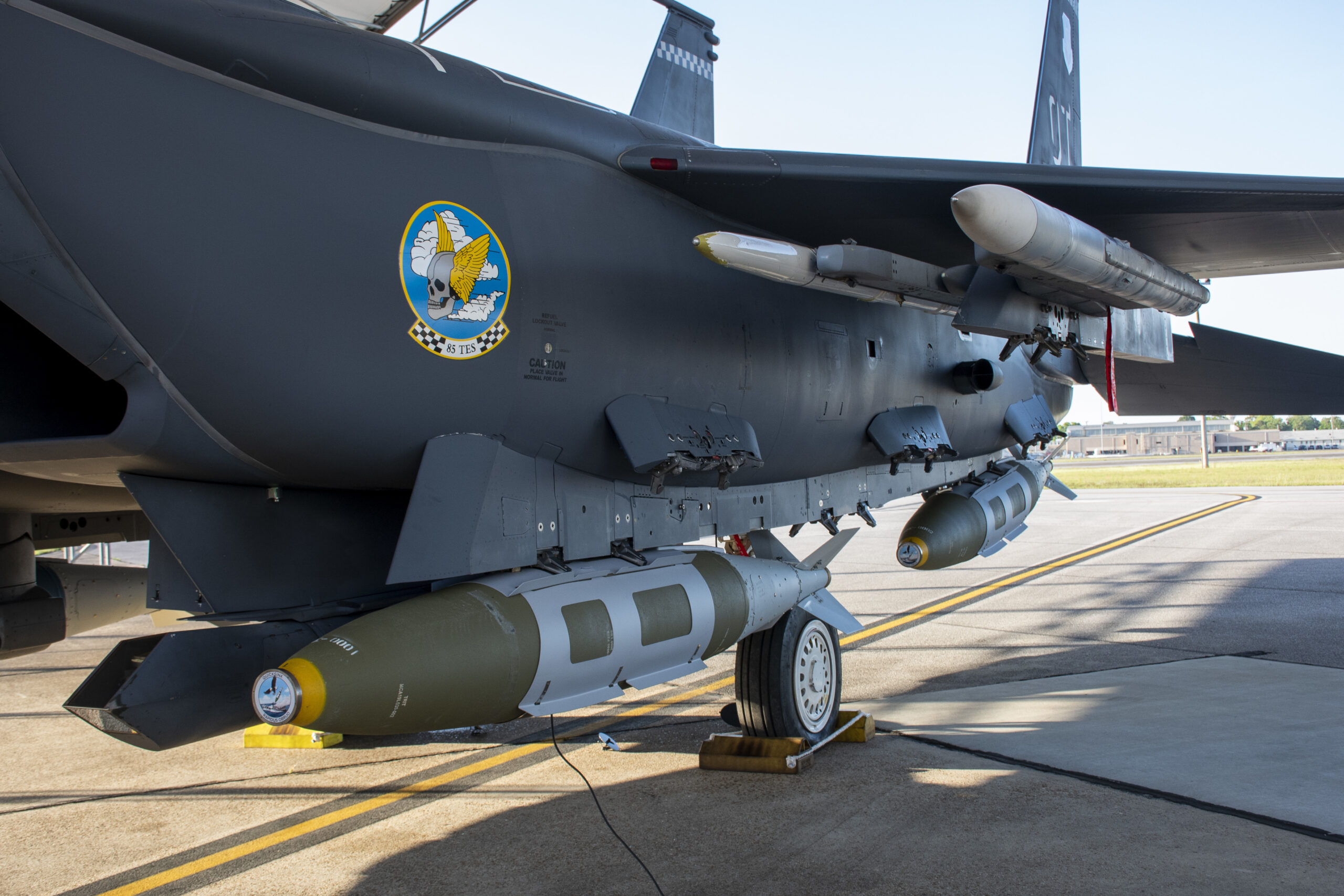The QUICKSINK program, conducted in collaboration between the U.S. Air Force and the U.S. Navy, seeks to adapt existing weapons to neutralize surface threats at low cost.
The Air Force Research Laboratory (AFRL) is in charge of this development, while the operations manager is the U.S. Indo-Pacific Command, making it clear what threat they have in mind for this weapons program.
“QUICKSINK is unique in that it can provide new capabilities to existing and future DOD weapons systems, giving combatant commanders and our national leaders new ways to defend against maritime threats,” said Kirk Herzog, AFRL program manager.
The QUICKSINK program
The program is based on integrating a new optical terminal guidance system into a INS/GPS guided bomb of the JDAM family, to obtain a fast and relatively inexpensive surface attack weapon.

While submarine-launched torpedoes remain the primary and most effective means of sinking enemy ships, new methods explored through the QUICKSINK program seek to achieve similar anti-ship lethality with air-launched weapons, including modified JDAM 2,000-pound precision bombs.
You can see how the bomb goes through the ship and explodes under its keel, splitting it in half, just as a modern torpedo would.
“Heavy-weight torpedoes are effective [at sinking large ships] but are expensive and employed by a small portion of naval assets,” said Maj. Andrew Swanson, 85th TES division chief of Advanced Programs. “With QUICKSINK, we have demonstrated a low-cost and more agile solution that has the potential to be employed by the majority of Air Force combat aircraft, providing combatant commanders and warfighters with more options.”
“A Navy submarine has the ability to launch and destroy a ship with a single torpedo at any time, but the QUICKSINK JCTD aims to develop a low-cost method of achieving torpedo-like kills from the air at a much higher rate and over a much larger area,” said Herzog.
The WOSA Guidance System
As reported in AFRL’s press release, its technicians and engineers are developing a Weapon Open Systems Architecture, or WOSA, guidance system to enable significantly increased accuracy of munitions such as JDAM bombs.
The WOSA seeker allows terminal guidance technology to be included in a variety of current and future weapon systems, enabling them to engage static and moving maritime targets.

The WOSA implementation also reduces costs by providing modularity through the ability to connect and use seeker components from different manufacturers, which can lead to reduced weapon system costs and improved performance.
The bombs are back!
If this program is successfully developed and implemented, any aircraft that can carry 1,000- or 2,000-pound JDAM bombs would acquire the capability to attack naval targets, without having to rely on expensive anti-ship missiles.

Moreover, in areas of heavy naval traffic (such as the Indo-Pacific trade routes), it may be difficult for a missile to discriminate the correct target among so many other civilian ships, which would not be the case for an aircraft flying over the area and able to identify the target visually.
Finally, it would mean the return of the use of bombs to naval air warfare, something not seen since the Falklands (Malvinas) War. Although perhaps the recent anti-ship action by the Ukrainian Navy’s Bayraktar TB2 is anticipating this in some way.














